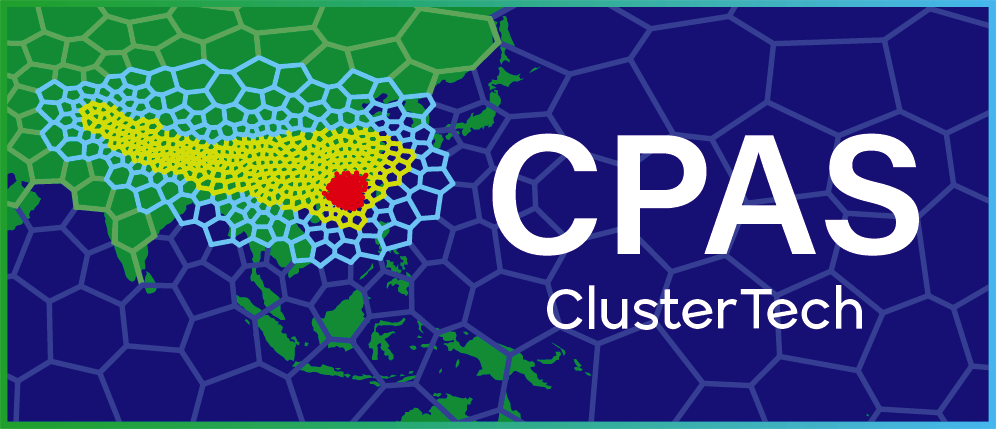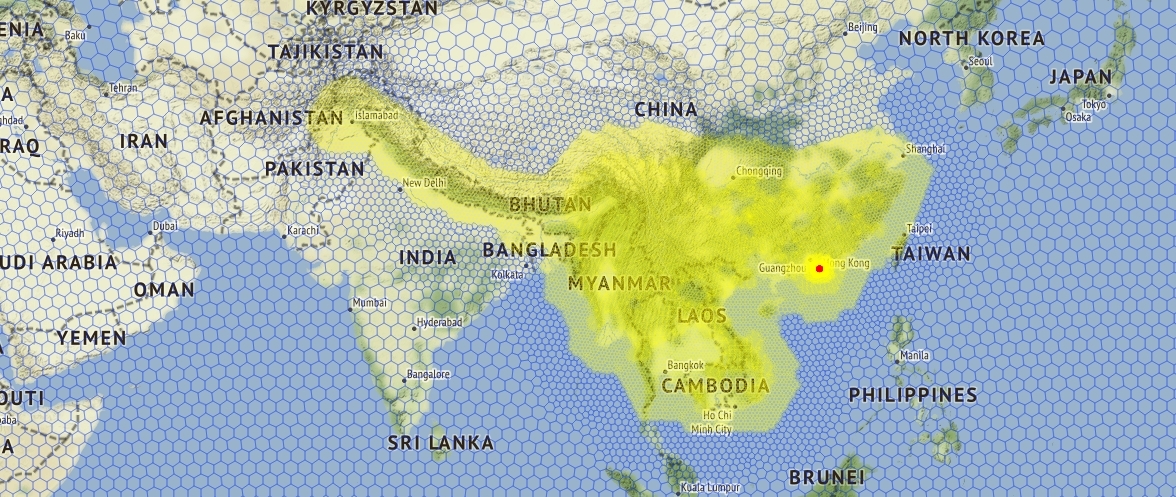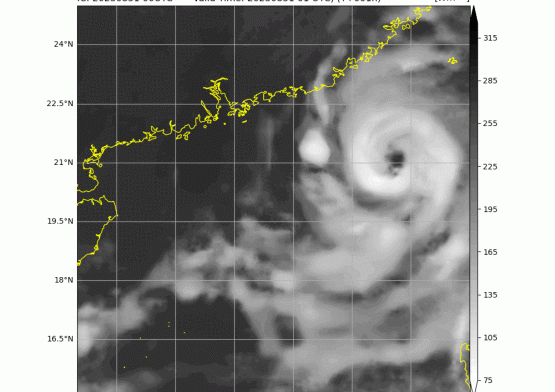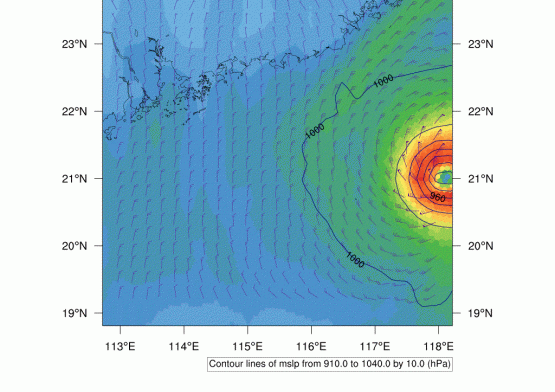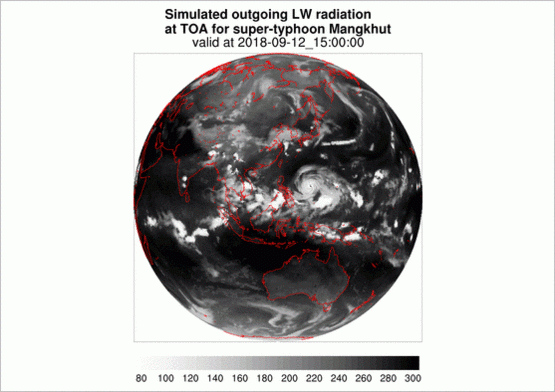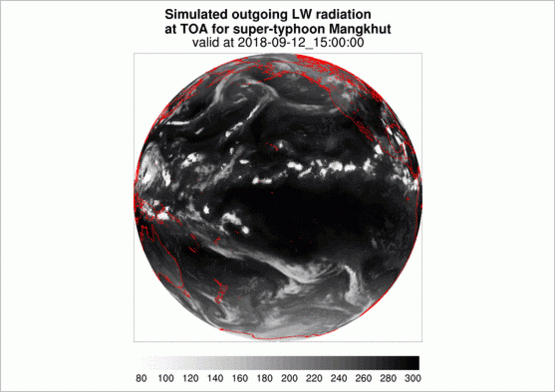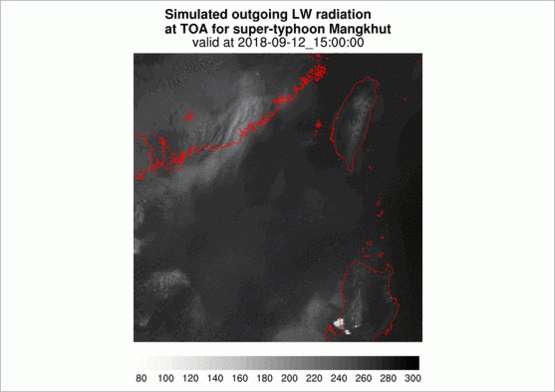The ClusterTech Platform for Atmospheric Simulation (CPAS) is a cloud-based service platform which implements Customizable Unstructured Mesh Generation (CUMG) and Hierarchical Time-Stepping (HTS) on Model for Prediction Across Scales - Atmosphere (MPAS-A (v7.3)) to better serve the computational needs of numerical atmospheric model users.
Background - CPAS is developed based on MPAS-A and WRF
To achieve a balance between accuracy and computational cost, many Numerical Weather Prediction models (NWPs), such as Weather Research and Forecasting Model (WRF), adopt a set of rectangular grids where local refinement is achieved by nesting a high-resolution domain inside coarser grids. MPAS-A adopts spherical centroidal Voronoi tessellations (SCVTs) covering the globe, while local refinement is achieved using variable-resolution meshes. MPAS-A is a promising model for practical usages. However, MPAS-A uses a constant global timestep, determined by the size of the smallest mesh cell, which limits the resolution variability. This is because the existence of a high resolution region would make the computational resource requirements prohibitively large.
HTS - Arbitrary resolution variation
CPAS has relaxed this restriction by implementing an optional Hierarchical Time-Stepping (HTS) treatment in the MPAS-A (v7.3) dynamic core. Cells of different sizes can have different time step levels and hence the computational requirements are substantially reduced, particularly for large variations in resolution. This allows MPAS-A to be used for high-resolution regional/local forecast, instead of limited area models such as WRF (v4.4).
CUMG - 100% well-staggered mesh, zero obtuse Delaunay triangle
In contrast to MPAS-A's standard meshes with fixed shape, span and range of resolution variations, the Customizable Unstructured Mesh Generation (CUMG) enables local mesh refinement in arbitrary shape using user-defined horizontal resolution in any desired locations. Bespoke mesh generation can be done by simply drawing polygons on a map panel and setting the resolutions in the selected polygons. Our mesh generation algorithm have solved a well-known problem in generating SCVT with arbitrarily shaped refinement for MPAS' use - no obtuse Delaunay triangle. We guarantee the resulting meshes have perfect SCVT staggering.
These features are illustrated on the Technology page.
First cloud-based service for MPAS-based meteorological model
Freedom in “domain configuration”
High resolution support: down to 200m grid spacing
Multi-resolution, coastline-updated geographical source data support
Four-Dimensional Data Assimilation (FDDA)
Global and Limited-Area Simulation
Automatic resolution boost for orography and coastline
Optimized load-balancing and extreme scalability
Modified scale-aware features
CPAS Numerical Weather Prediction at your fingertip
CPAS Product Highlight
Gallery
Check out what we’ve been doing!
